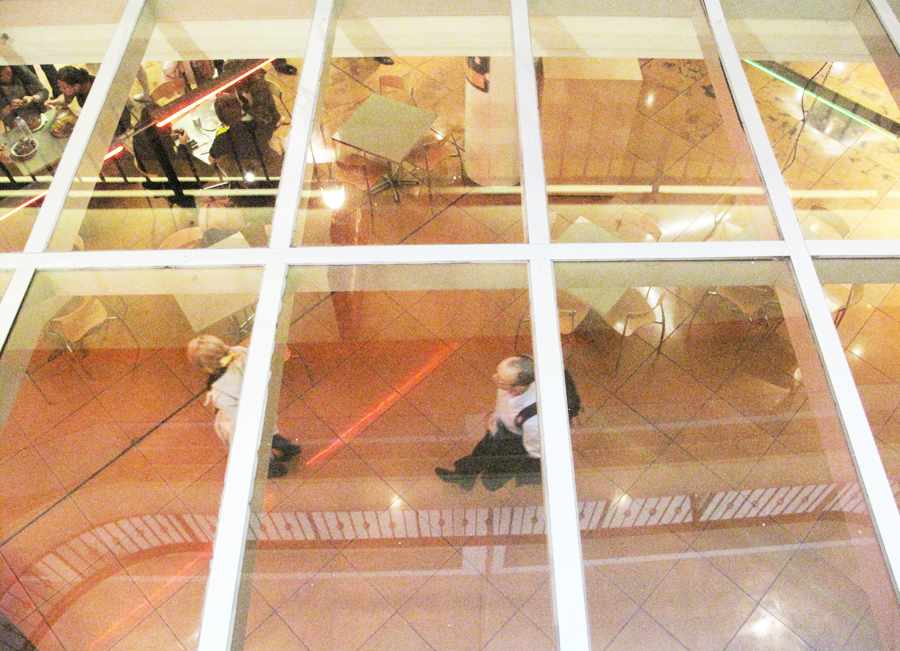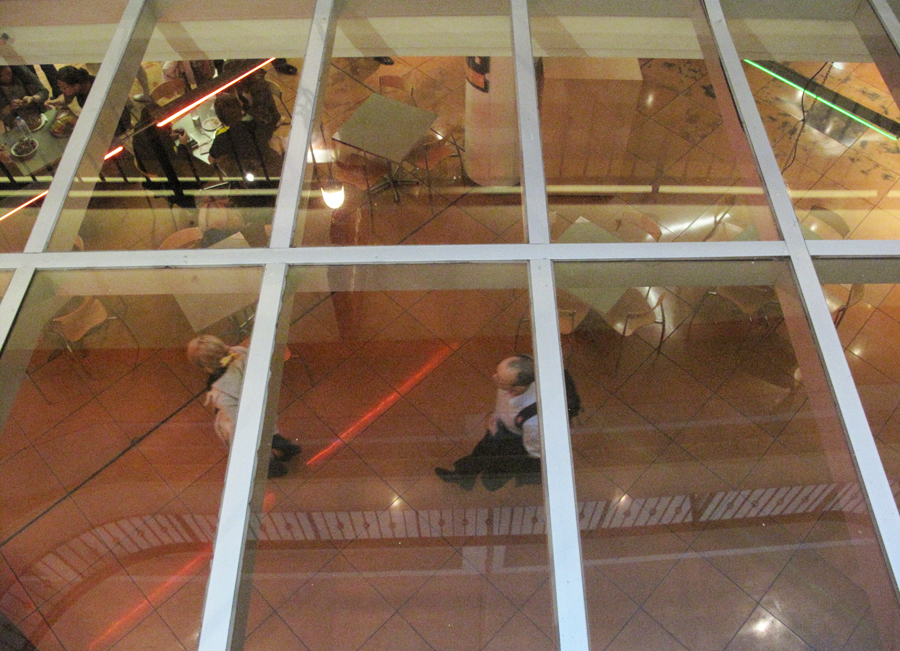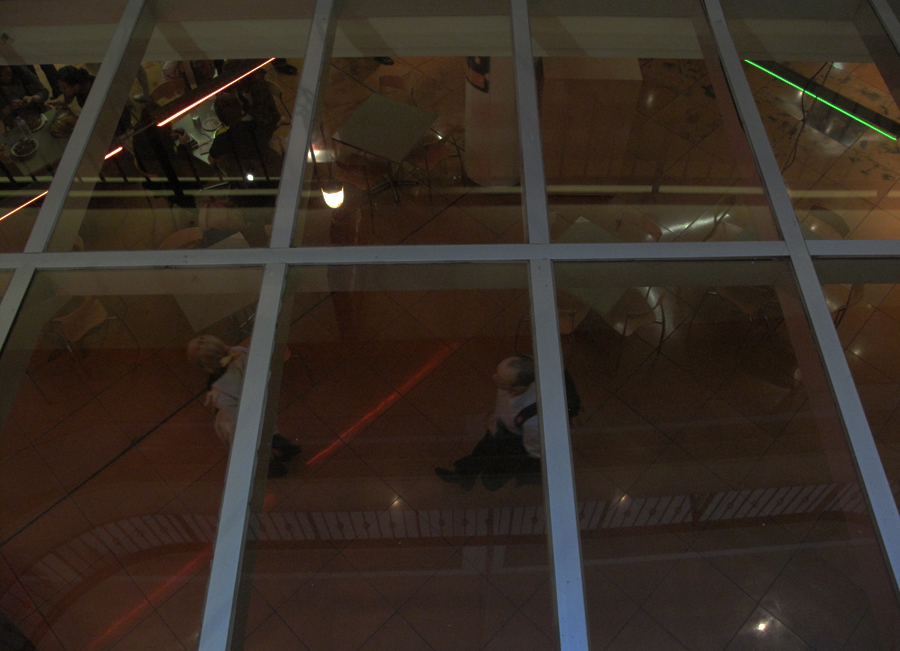Sequence viewing > Photographic Exposure - Resource - ©
Lloyd Godman
What
is photographic exposure? Exposure is the amount of light that falls onto the CCD sensor or film.
 |
 |
 |
| An over exposed image - too much light |
A well exposed image - the right amount of light |
An under exposed image - not enough light |
To
produce the desired density in the final image Photographic
materials ( film,
paper or CCDs) need
to be exposed to a specific amount of light. Too much
light and the receptor is over exposed - too little
and it is underexposed -
In each
of the extreme cases above (under or over exposure) visual information
from the scene is lost.
So Exposure refers to the amount of light a light sensitive material like film, photographic
paper or a CCD receives.
|
|
With the exposure
of light sensitive materials, there are two variables
....
the
intensity of light
or
-the
amount of light
that falls on the sensitive surface |
|
and
 |
the length
of time the light falls on the sensitive
surface or is exposed for |
Three
factors play a part in correct exposure:
• Aperture - the opening that lets light through the lens
• Shutter - The device that controls the length of time the light comes through the lens
• Sensitivity - ISO - or film speed - how sensitive the film is to light or the setting of the digital CCD sensor
While all of these interact with each other to produce the correct exposure, each one - Aperture, shutter and sensitivity has a different effect on the resulting image in other ways.
Comment on this resource
Want to learn more? - do a workshop or one on one with Lloyd Godman
|